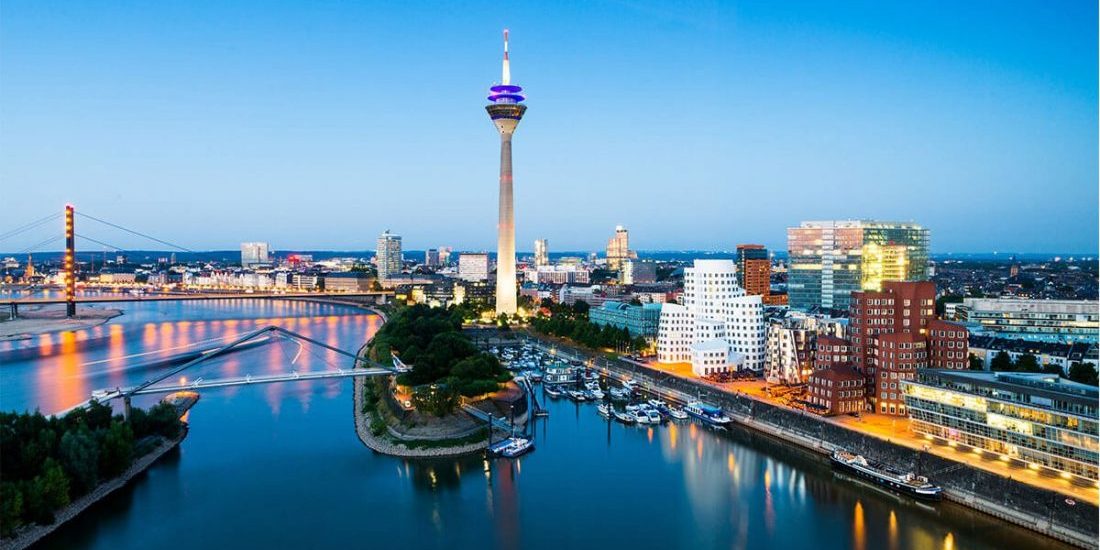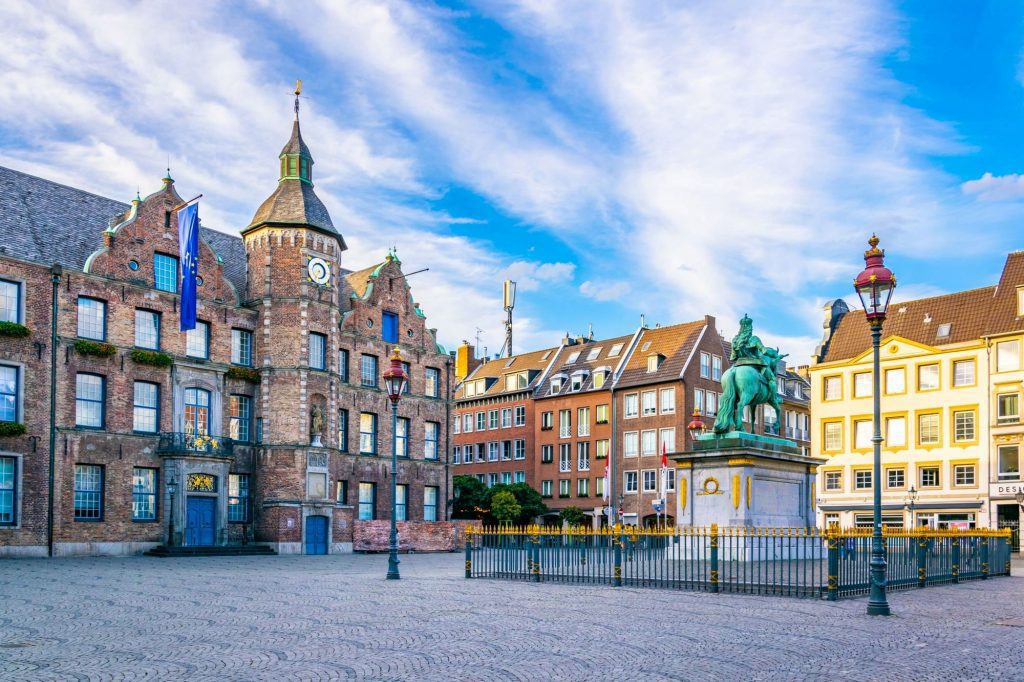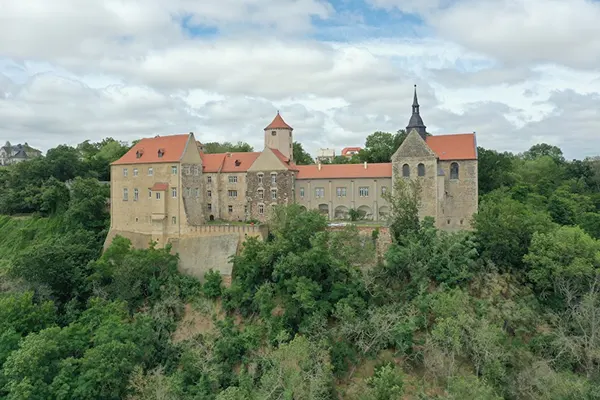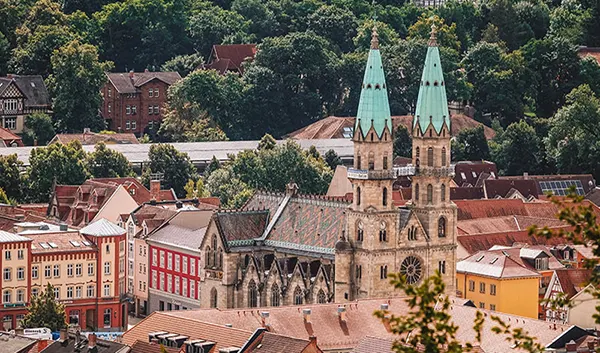
Discover Düsseldorf destination
Dusseldorf is one of Germany’s most famous cities. It has earned its popularity not only through rapid economic and social development, but also because of its incredible beauty. These are expressed in stunning natural areas, quaint architecture and cheerful fairgrounds.
On the city’s history
Dusseldorf occupies an area on the right bank of the Rhine River, where the Düsseldorf River flows into it. It is almost at the heart of the Rhine-Ruhr region. The area is flat and lies to the west of the German state. This has resulted in a pleasant moderate climate, somewhat similar to that of the seaside towns.
The name of the town is first mentioned in letters dating back to the 12th century. However, some specialists say that the first settlements here were founded much earlier, in the V-VI centuries. Dusseldorf became a full-fledged town in 1288. To get this status, it had to fuss with the bishop of Cologne for a long time.
At the end of the XIV century the settlement became the residence of von Berg. The ducal family immediately set about expanding the city and transforming it. During his rule, it became a full-fledged city with an infrastructure developed for that time and amazing architectural structures.
The seventeenth century marks the transformation of Düsseldorf into the seat of the von Pfalz family. This family was already building new facilities, many of which served as fortifications and defences. Nevertheless, this did not save the city. In the first half of the 18th century, it was seized by the French.
Dusseldorf suffered many more hardships in later years. When Napoleon lost the war, the city returned to Prussia. The end of the 19th century is marked by rapid growth. But World War II led to the global destruction of the city – about 90%. After World War II it was vigorously rebuilt.

Special features
There is always something to do in Dusseldorf. You can lounge in the sunshine, enjoy birdsong and other leisure activities in the luxurious parks. If that sucks, head downtown, or to the Düsseldorf Alstadt. The latter offers an insight into the bar and nightlife of the city.
One of the locals’ special passions is the dark, locally brewed beer. This cool drink goes well with hot sausages, schnitzels and other typical German dishes. Of course, one shouldn’t forget about the desserts and pastries.
As for local attractions, there’s plenty to see and do. The old part of the city was carefully restored after the war. Historical documents were used in the process. Today, there are businesses and shops, but the authenticity of the old town has been preserved. The lighting is provided by old gas lanterns.
When visiting the town, it is worth paying a visit to the Castle Square. There used to be a castle here as the residence of the local lords. Today, there is only a castle tower in the area. The top of the tower is now a café, offering a breathtaking view of the river.



